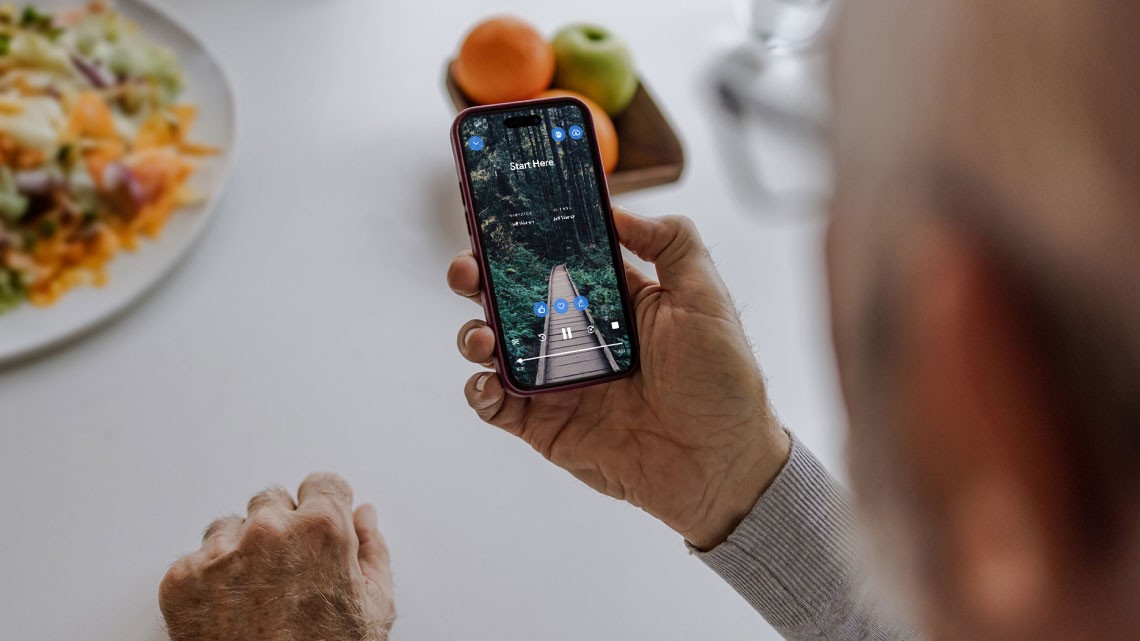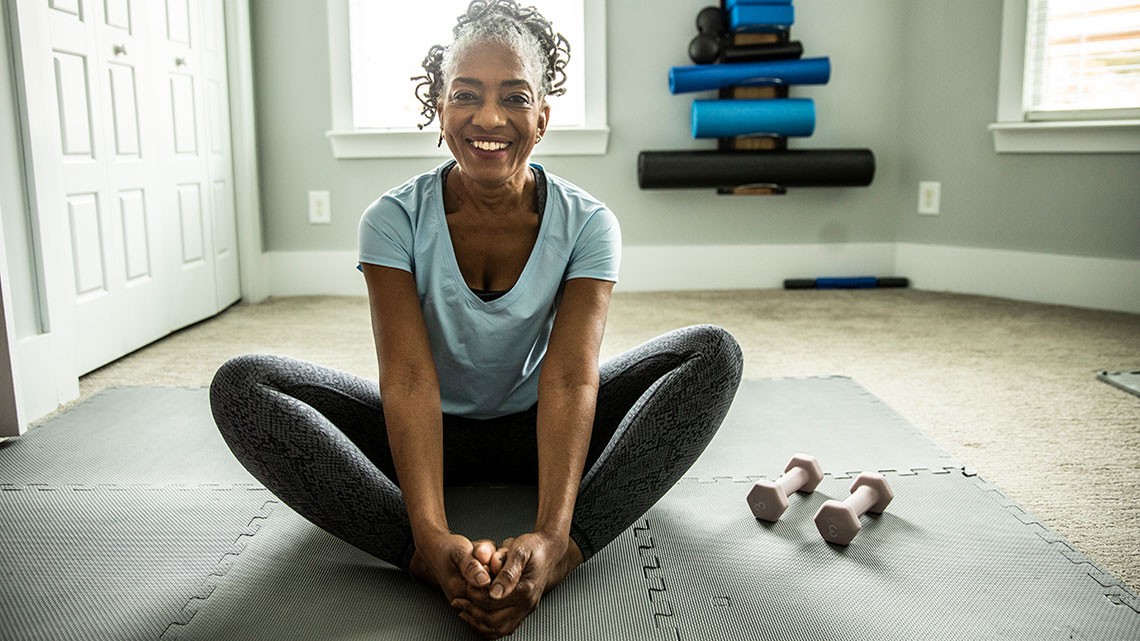Staying Fit
Lady Bird Johnson (1963-1969)
Ahead of her time for her commitment to conservation and the environment, she actively supported the Highway Beautification Act of 1965 — known as “Lady Bird’s Bill” — which called for clean water, air and roadsides, as well as the preservation of parks and wilderness areas. She also founded the Society for a More Beautiful National Capital. “Where flowers bloom, so does hope,” she said.
Eleanor Roosevelt (1933-1945)
The longest-serving First Lady, she elevated the position far beyond White House hostess, championing civil rights and the rights of the poor, and establishing her own powerful role alongside husband President Franklin D. Roosevelt. Ever-eloquent, she said, “You must do the things you think you cannot do.”


AARP Membership— $12 for your first year when you sign up for Automatic Renewal
Get instant access to members-only products and hundreds of discounts, a free second membership, and a subscription to AARP the Magazine.
Abigail Adams (1797-1801)
The first First Lady to live in the White House, Abigail was wife to second president John Adams — who was also her third cousin — and mom to the country’s sixth president, John Quincy Adams. She was politically involved enough to be called “Mrs. President” rather than Lady Adams, and called for women’s rights and the end of slavery.
Elizabeth Anne “Betty” Bloomer Ford (1974-1977)
Once a part-time model who studied dance with Martha Graham, she married Gerald Ford at age 30 (her second marriage). While in the White House she supported progressive causes such as abortion rights and the Equal Rights Amendment. In later years she spoke openly about her struggle with alcoholism, hoping to remove its stigma.
Nancy Davis Reagan (1981-1989)
A one-time actress, she, along with movie-star-turned-president husband Ronald Reagan, was credited with bringing glamour back to the White House, with projects including renovating the private quarters and buying new china. “Hollywood on the Potomac,” as the White House was dubbed, played host to many big-name celebrities and royals. But Nancy was not all about style but interested in advocacy, too — her famous “Just Say No” antidrug campaign encouraged American youth to steer clear of drugs and alcohol.
Mary Todd Lincoln (1861-1865)
Known for her tragic life — including husband Abraham Lincoln’s assassination — and signs of mental illness, Lincoln grew entranced by spiritualism (the belief, popular in the 19th century, that the dead are ever-present). Her son, Robert, later had her committed to an insane asylum, but a trial found her sane, and she was released.
































































